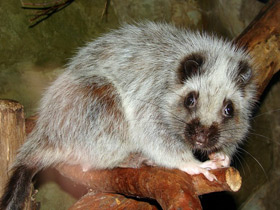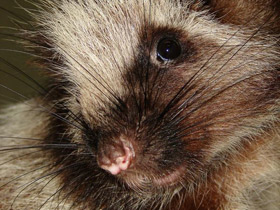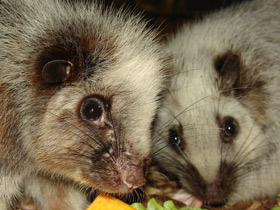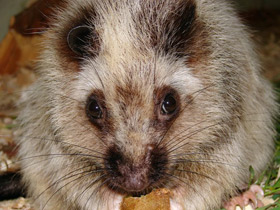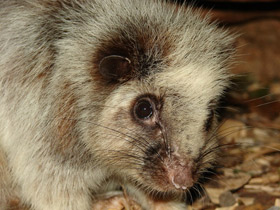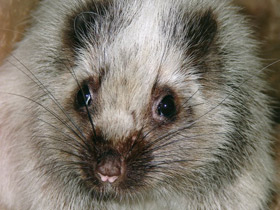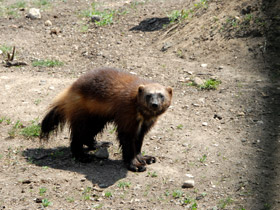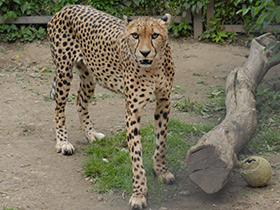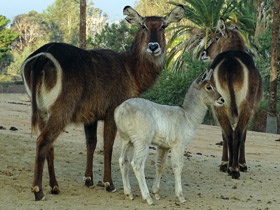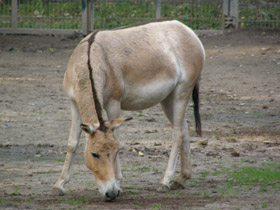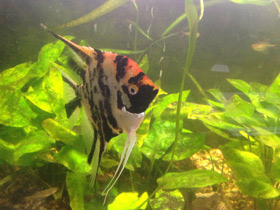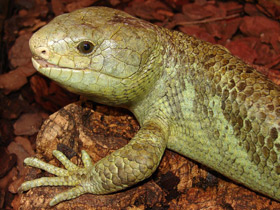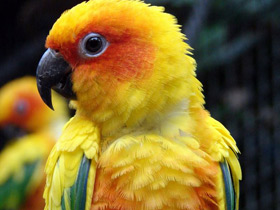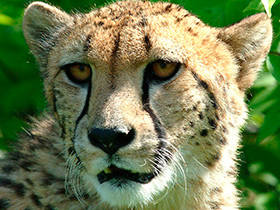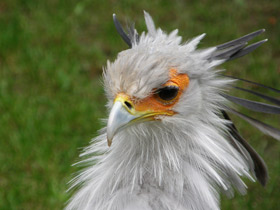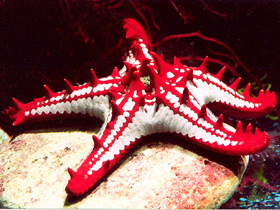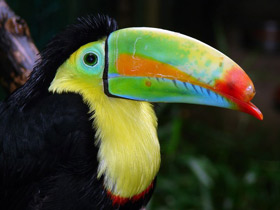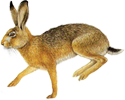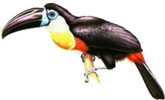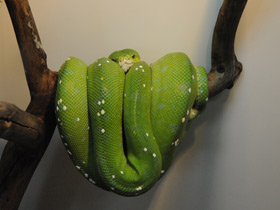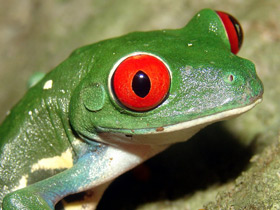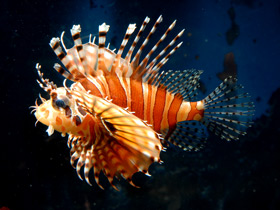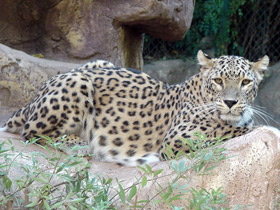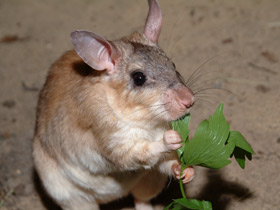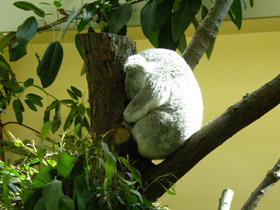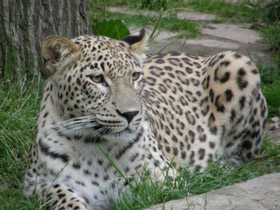The northern Luzon giant cloud rat (Phloeomys pallidus), northern Luzon slender-tailed cloud rat, bu-ot
Habitat, lifestyle and behaviour
The northern Luzon giant cloud rat (Phloeomys pallidus) or northern Luzon slender-tailed cloud rat, also known as bu-ot in Filipino, is a large species of rodent in the family Muridae. It is only found in Luzon, the Philippines.
It is one of the largest rats. The body length of the slender-tailed rat reaches almost half a metre, the tail is a third shorter, and the weight of this amazing rodent can reach 2.6 kg.
Phloeomys pallidus is an endemic of Luzon Island from the Philippine archipelago. It does not look like a rat at all, with the shape of its body and head rather resembling a nutria. Soft long hair covers the body of this rodent from all sides and is coloured monotonously in light silver-grey with a small amount of brown-yellow tone. The undercoat and pin hairs are differently coloured, which creates a smoky effect (for which this rodent got its beautiful English name "cloud rat").
Short rounded black ears decorate the blunted muzzle, black piping around the eyes made them even bigger, and vibrissae frame the delicate pink nose. The tail of Phloeomys pallidus is surprising: it is very long, quite thick in diameter, covered with sparse black hairs along its entire length and white hairs at the end.
Description and appearance
In nature, Phloeomys pallidus live in forests or shrub thickets. The tenacious limbs with bare, broad soles, long toes and enlarged tubercles make them excellent tree climbers. All five toes of the forelimbs are adorned with large tenacious claws. Phloeomys pallidus are mainly nocturnal and spend most of their time in the crowns of trees. Phloeomys pallidus feeds on young leaves, fruits, fruits and grains. The only calf of this species is born in a tree hollow or burrow in the ground. It is fully formed, with open eyes and covered with fur.
Breeding, an endangered species
Due to the fact that the species has a very narrow range, is confined to forests that are widely destroyed, and the animals have only one calf in the litter, Phloeomys pallidus was included in the Red Book as a species that in the future may fall into one of the categories of endangered species. However, it is known that the animals can adapt to life not only in forests, but also in bushes that replace clearings. The local population uses Phloeomys pallidus for food. This breed of rodent is a rare species and is a special area of study for experts.









